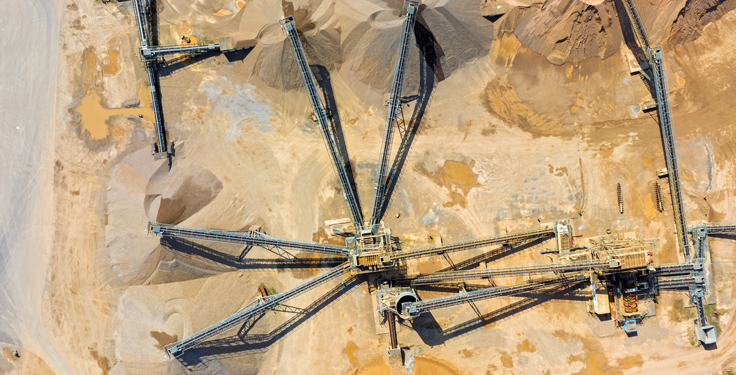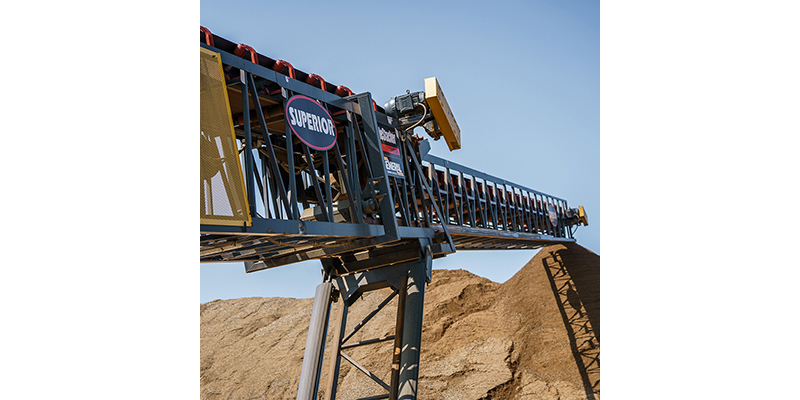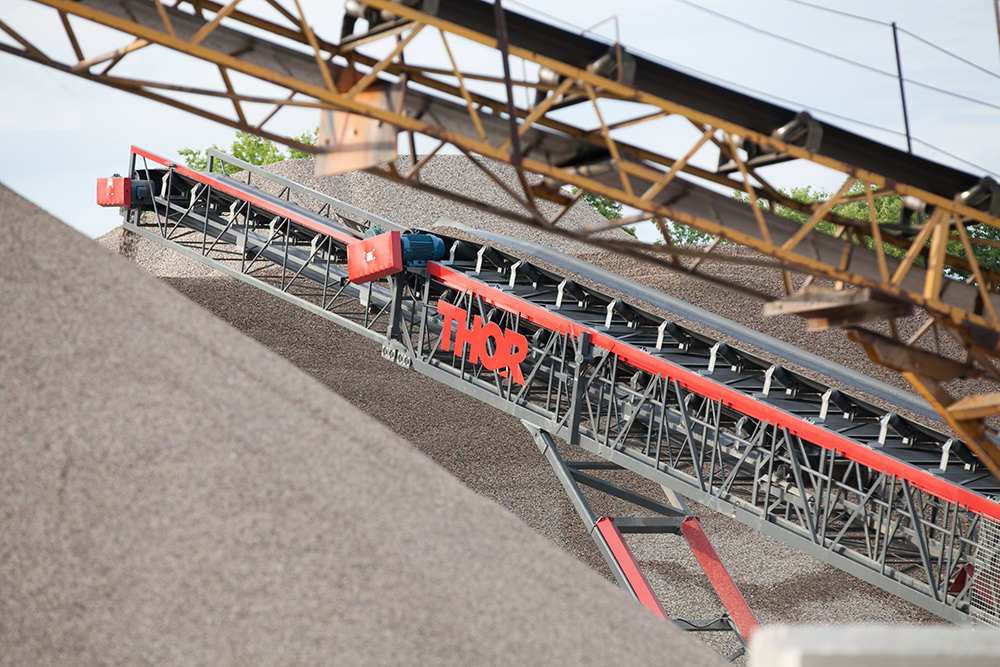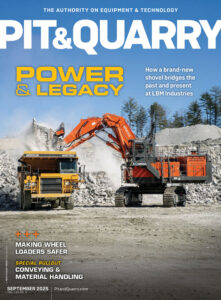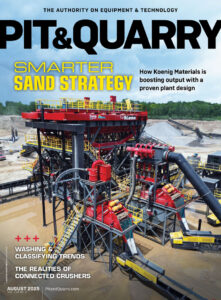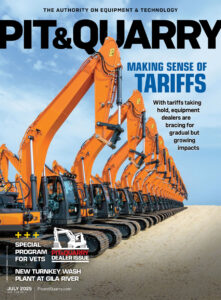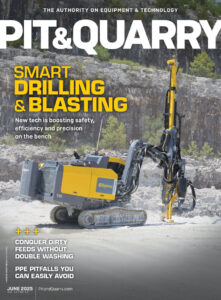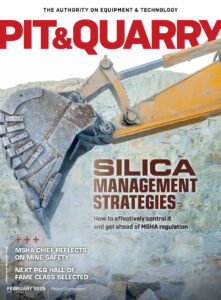The technology available to today’s aggregate producers is drastically different from what was available 30, 20 or even 10 years ago.
Innovations centered around efficiency, safety and sustainability have been at the forefront of equipment and technology developments over the last several years. In conveying and material handling, equipment manufacturers are putting forth these developments and providing new value to producers.
“Industry 4.0, the fourth industrial revolution, is characterized by the integration of digital technologies, automation and data-driven decision-making into manufacturing and industrial processes,” says Paul Ross president and CEO of Douglas Rulmeca. “It leverages advancements in AI, IoT, cloud computing, robotics and big data analytics to create smart, connected and autonomous systems. As these technologies continue to evolve, they will become the norm in the bulk material conveying industry, driving significant improvements in productivity, sustainability and cost savings.”

Predictive monitoring
Two conveying and material handling trends driving equipment development – ones found across the greater construction materials industry – are predictive monitoring and preventive maintenance.
“One of the most transformative advancements will be predictive maintenance,” Ross says. “Traditional conveyor systems rely on reactive or scheduled maintenance, often leading to unexpected downtime and costly repairs. However, with IoT sensors and AI-powered analytics, companies will soon be able to monitor real-time data on belt tension, motor performance and wear patterns. This capability will enable early detection of potential failures, reducing unplanned shutdowns and increasing operational uptime.”
Kelan Moylan, vice president of sales and marketing at TCI Manufacturing, echoes Ross’s enthusiasm about this tech development. He emphasizes its importance in keeping operations running, enhancing productivity and improving safety.
“Conveyors can be equipped with control systems that allow for remote monitoring and real-time data,” Moylan says. “The goal for these systems is to allow for predictive maintenance and reduce the need for manual inspections. This not only enhances safety by keeping personnel away from potentially hazardous areas, but [it] also improves overall system reliability.”
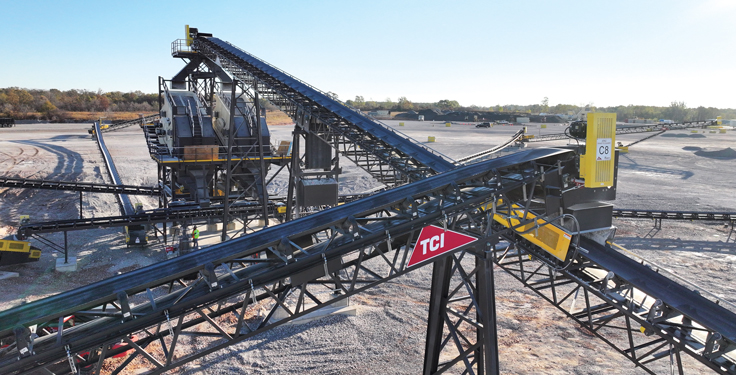
Remote monitoring is also something Precision Pulley & Idler (PPI) is paying close attention to.
Chris Long, senior product development manager at PPI, says remote monitoring not only offers enhanced insight into equipment health, but it can be utilized as a way for operations to reduce the burden felt due to a lack of employees.
“For example, conveyor systems are commonly being monitored remotely using speed sensors attached to pulley shafts or integrated into idler rolls,” Long says. “These devices alert plant operators instantly in the event of a stoppage or under-speed event, preventing small issues from leading to larger downtime events.”
In Ross’s view, remote monitoring paired with automation will continue to revolutionize the industry.

“Cloud-connected conveyor systems and drones, already in use for performance tracking and stockpile monitoring, will expand their capabilities to handle even more critical functions,” Ross says. “These advancements will allow operators to oversee operations remotely, optimizing throughput and energy consumption. Smart conveyors will autonomously adjust speeds and loading rates based on real-time demand, further enhancing efficiency and minimizing energy waste.”
Other trends
Predictive monitoring can help increase uptime and extend component life once equipment is already in use. But operators also want components to be designed for extended life from the get-go.
“Typically considered wear items, pulleys can be enhanced with life-extending materials like chromium carbide or ceramic lagging,” Long says. “In some cases, these upgrades have resulted in pulley life being extended by up to seven times, avoiding six replacements and saving an estimated $70,000 in maintenance and equipment costs for a single pulley application. Such innovations not only ease the strain on employees, but also improve the bottom line, offering long-term benefits for operations.”
Putting an emphasis on safety, Moylan points to the role enhanced guarding and other devices play in today’s conveyor systems.
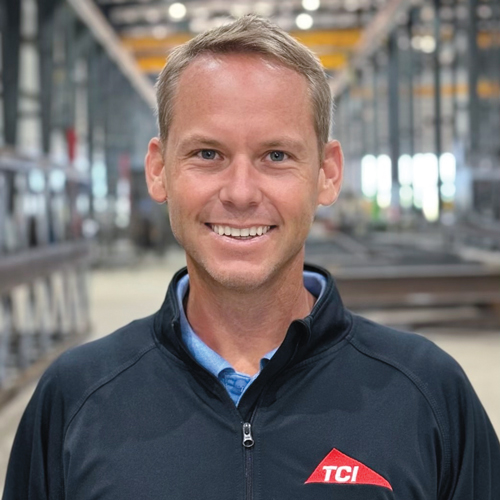
“Innovations such as emergency stop pull cords, inside handrails and conveyor covers are designed to protect workers from moving parts and falling debris,” Moylan says. “In the past, we would see a smaller plate covering a pinch point. Now, most of these vulnerable areas include a complete enclosure to help satisfy local MSHA (Mine Safety & Health Administration) inspections.”
In tech, digital twins and virtual commissioning could redefine conveyor design.
“By creating a digital replica of a system, engineers will be able to simulate performance before installation, identifying potential bottlenecks and optimizing configurations before committing to physical infrastructure,” Ross says. “This approach will significantly reduce design flaws and ensure smoother implementation.”
Looking ahead
Given the innovations in conveying equipment and tech over the last few years, the future is bright for material handling.
No matter what developments surface, both manufacturers and producers seem open to change.
“As smart conveying systems become commonplace, companies investing in these technologies will secure significant long-term benefits,” Ross says. “While initial adoption will require capital investment, the future advantages of reduced downtime, enhanced safety and data-driven decision-making will make Industry 4.0 an essential component of the evolving bulk material handling landscape.”

